Painting dry wood... over oil?
karinl
14 years ago
Featured Answer
Comments (9)
sombreuil_mongrel
14 years agoRelated Professionals
Crestline Cabinets & Cabinetry · Red Bank Cabinets & Cabinetry · West Freehold Cabinets & Cabinetry · Fairfax Carpenters · University City Flooring Contractors · Cottage Lake Flooring Contractors · Danvers Flooring Contractors · Fort Lauderdale Flooring Contractors · Ossining Flooring Contractors · Reading Flooring Contractors · Redlands Flooring Contractors · Saint Louis Park Flooring Contractors · Los Angeles Furniture & Accessories · Potomac Furniture & Accessories · Springdale Handymankarinl
14 years agobobismyuncle
14 years agokarinl
14 years agobobismyuncle
14 years agostevega
14 years agobobismyuncle
14 years agokarinl
14 years ago
Related Stories

PAINTINGKnotty to Nice: Painted Wood Paneling Lightens a Room's Look
Children ran from the scary dark walls in this spare room, but white paint and new flooring put fears and style travesties to rest
Full Story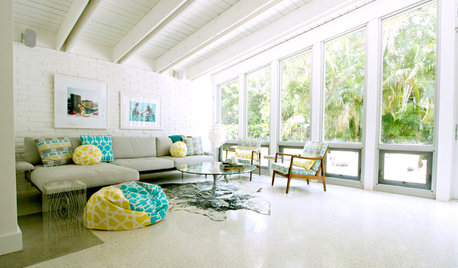
DECORATING GUIDESDesign Debate: Should You Ever Paint a Wood Ceiling White?
In week 2 of our debate series, designers go head to head over how classic wood ceilings should be handled in modern times
Full Story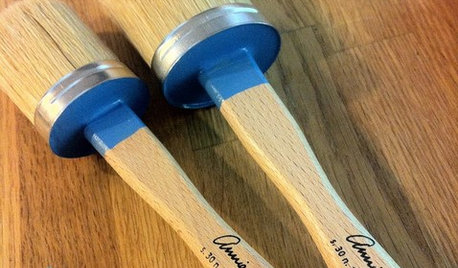
PRODUCT PICKSGuest Picks: Handy Finds for Painting Projects of All Kinds
Make over rooms and furniture more easily and with better results with the right paint and gear
Full Story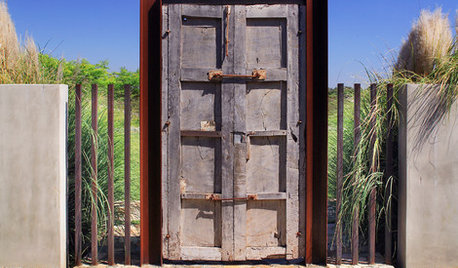
MATERIALSMesquite: The Brawny Beauty for All Over the Home
Denser than other hardwoods and sporting beautiful coloration, mesquite makes a fine material for flooring, countertops, furniture and more
Full Story
FIREPLACESDesign Workshop: Smart Ways to Store Wood Outdoors
Consider size, location, protection, air circulation and, of course, style for storing your firewood
Full Story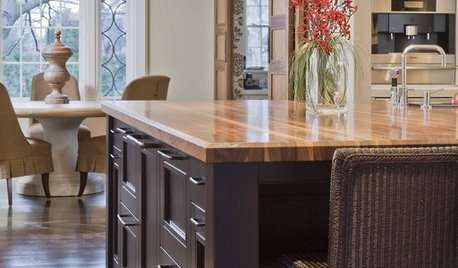
KITCHEN DESIGNCool Countertops: Wood and Stainless
Consider One of These Alternatives to What All the Neighbors Have
Full Story
COLOR11 Terrific Paint Color Matches for Wood Details
Pair your wood trim and cabinets with the right shade of wall paint to bring out the beauty in both
Full Story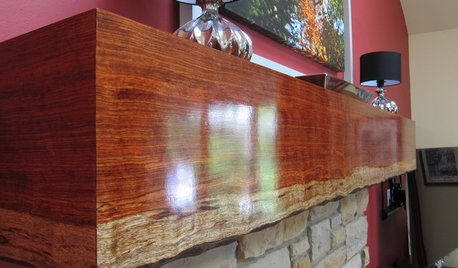
DECORATING GUIDESMantel Makeover: From Builder's Grade to Live-Edge Wood
See how an all-wrong mantel became a gorgeous fireplace focal point at the hands of an interior designer and her carpenter
Full Story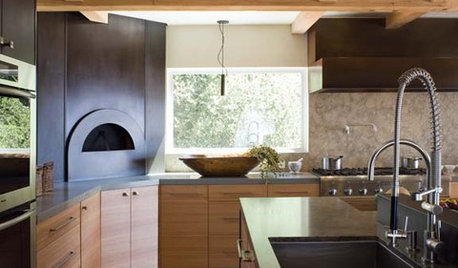
KITCHEN DESIGNKitchen Luxuries: The Wood-Fired Pizza Oven
If you love homemade pizza and are (ahem) rolling in dough, a wood-burning oven may be just the right kitchen investment
Full Story
HOMES AROUND THE WORLD9 Houses That Show Why Wood Is the Material of the Future
Most people may associate wood with traditional homes, but in these innovative, modern structures, its uses are really branching out
Full StoryMore Discussions








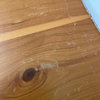



bobismyuncle